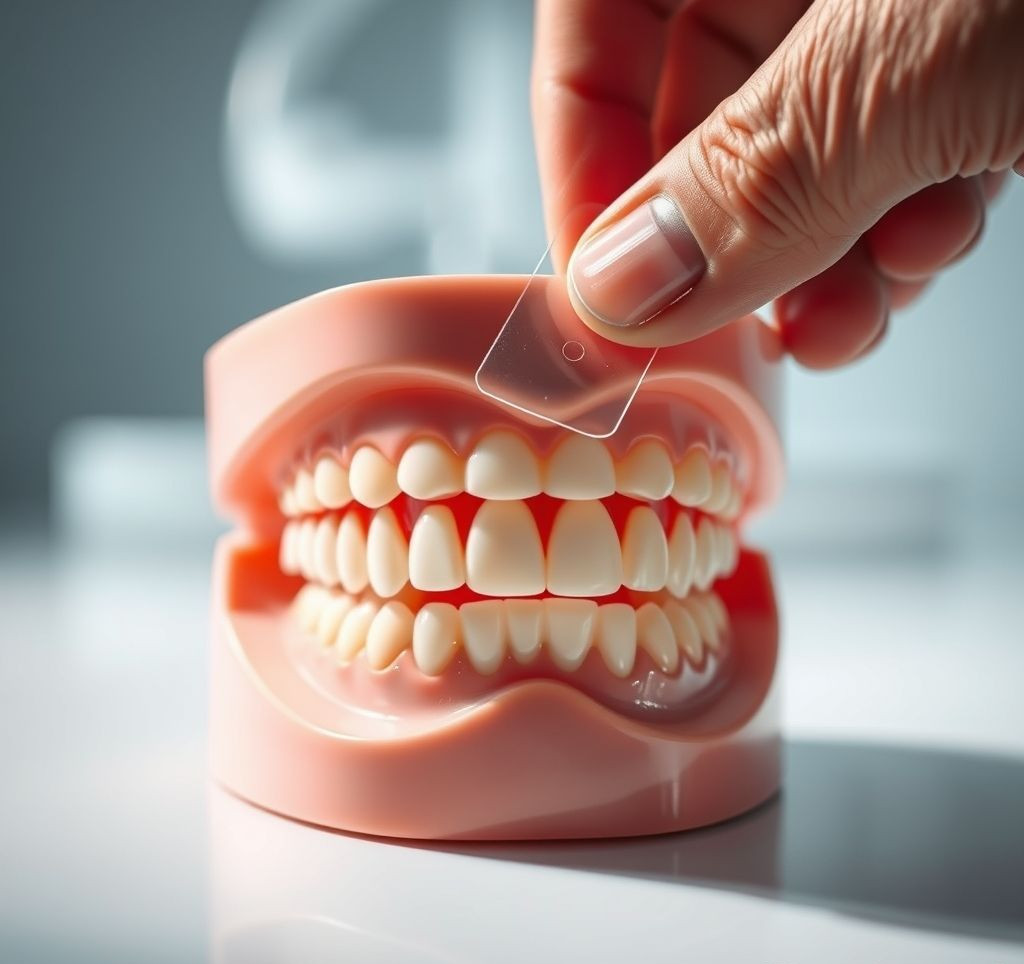Embark on a journey to understand the ketogenic diet, more commonly known as keto! This comprehensive guide dives deep into the principles, potential benefits, and practical considerations of this unique approach to eating. Millions are exploring the keto lifestyle, but understanding the science behind it is paramount for success. Get ready to unravel the mysteries of keto and discover whether it’s the right dietary path for you.
Why the Keto Diet is a Subject of Such Intense Interest
The keto diet has garnered considerable attention for its potential impacts on weight management and overall well-being. But why all the buzz? Here are a few key reasons:
- Potential Weight Management Support: By shifting the body’s primary fuel source from carbohydrates to fats, keto may facilitate increased fat burning.
- Enhanced Energy Levels: Some individuals report experiencing more stable and sustained energy levels on keto due to the absence of blood sugar spikes and crashes often associated with high-carbohydrate diets.
- Possible Cognitive Benefits: Research suggests that the ketones produced during ketosis may offer neuroprotective benefits, potentially supporting cognitive function.
- A Different Approach to Food: Keto encourages mindful eating and a focus on whole, unprocessed foods rich in healthy fats.
Core Principles of Keto: Understanding Ketosis
The ketogenic diet revolves around the metabolic state of ketosis. Ketosis occurs when the body, deprived of carbohydrates, begins to break down fats into molecules called ketones. These ketones then serve as an alternative fuel source for cells, including the brain. To reach and maintain ketosis, keto typically requires a specific macronutrient ratio:
- High Fat Intake (70-80% of daily calories): This is the primary fuel source. Focus on healthy fats such as avocados, olive oil, nuts, and seeds.
- Moderate Protein Intake (10-20% of daily calories): Adequate protein is essential for muscle maintenance and repair.
- Very Low Carbohydrate Intake (5-10% of daily calories): This is the most crucial element. Typically, this translates to less than 50 grams of net carbohydrates per day.
Fun Fact: The ketogenic diet was initially developed in the 1920s to treat epilepsy, particularly in ch
ildren.
A Step-by-Step Guide to Starting Your Keto Journey
- Calculate Your Macros: Use an online keto calculator to determine your individual macronutrient needs based on your age, weight, height, activity level, and goals.
- Plan Your Meals: Create a meal plan that aligns with your macronutrient targets. Focus on keto-friendly foods like non-starchy vegetables, meats, poultry, fish, eggs, and healthy fats.
- Track Your Food Intake: Use a food tracking app or journal to monitor your carbohydrate, protein, and fat intake. This will help ensure you stay within your target ranges.
- Monitor Ketone Levels: Use urine ketone strips, a blood ketone meter, or a breath ketone analyzer to measure your ketone levels and confirm that you are in ketosis.
- Stay Hydrated: Drink plenty of water throughout the day, as the body excretes more water during ketosis.
- Adjust as Needed: Monitor your progress and make adjustments to your macronutrient ratios or food choices as needed. Be patient; it may take a few weeks to fully adapt to the keto diet.
Expert Tips & Best Practices for Keto Success
Navigating the keto diet successfully requires knowledge and mindful planning. Here are some key tips to streamline your experience:
- Electrolyte Balance: The keto diet can lead to electrolyte imbalances. Supplement with sodium, potassium, and magnesium to mitigate these risks. Consider adding sea salt to your meals or taking an electrolyte supplement.
- Fiber Intake: Ensure sufficient fiber intake to support digestive health. Include non-starchy vegetables like spinach, broccoli, and cauliflower in your diet. Psyllium husk is another excellent source of fiber.
- Listen to Your Body: Pay attention to how your body feels and adjust your diet accordingly. Not every approach works the same for everyone.
- Don’t Fear Healthy Fats: Embrace healthy fats as they are your primary fuel source on keto.
“The ketogenic diet is a very powerful tool, but like any tool, it’s important to understand how to use it effectively.” – Dr. Eric Westman, Author of Keto Clarity



















